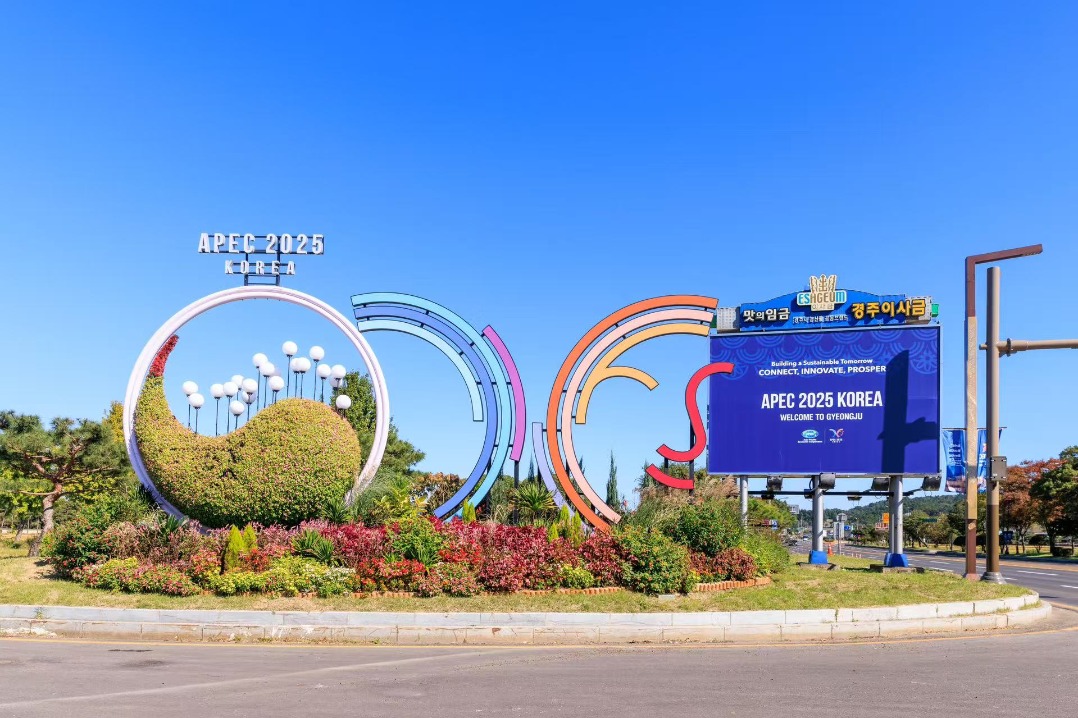Confucianism maintains bridge between two cultures


"In everyday life (during the Joseon period), the ritual ethics of Zhu Xi's thought penetrated every household. The sum of these family laws became tradition," he says, adding that "all Confucian teachings (adopted by Joseon Korea) were interpreted through Zhu Xi's lens. Even Confucius himself was understood as the Confucius defined by Zhu Xi".
"In Joseon, Confucianism was both a creed and a synonym for 'China' (Zhonghua), which, at that time, referred specifically to the Ming Dynasty (1368-1644). The civil service examination linked Confucian learning, the scholar-official system and politics into a single integrated structure, with the Ming Dynasty as its model," says Lim, noting that during the Joseon era, Seowon — a type of private Confucian academy — was both a center of learning and a base of political factions and partisan conflict, which in turn partly stemmed from disagreements over scholarly interpretations (of Confucian classics).
According to Lim, who previously pursued his PhD studies at Peking University, the peak of Confucian scholarship on the Korean Peninsula came around the 16th century. Two of its most representative figures, Yi Hwang (Toegye, 1501-70) and Yi I (Yulgok, 1536-84) — venerated Confucian scholars of the Joseon period — are honored today with their portraits on South Korean banknotes.
It's also worth mentioning that Yi I's mother, Shin Saimdang (more commonly known as Saimdang), was a respected Confucian scholar highly skilled in ink-and-brush painting and calligraphy, whose portrait is also on South Korean banknotes.
"Literati art embraced by a Confucian scholar — from poetry to painting and calligraphy — spread from ancient China to the Korean Peninsula," says Gao Jie, a researcher at the Nanjing Museum.
Earlier this year, the museum hosted an exhibition examining cultural and economic exchanges between China and the wider world during the Ming Dynasty. On display were poems composed by a Ming envoy, alongside responsive works by his Joseon scholar hosts — writings whose literary merit clearly impressed the envoy.
Rendered in elegant Chinese calligraphy and presented as a continuous handscroll, the collection stands as a testament to the enduring intellectual and artistic affinity between the two cultures, both of which "revolved within the orbit of Confucian thought", to quote Lim.
Asked how Confucianism, as developed on the Korean Peninsula, came to exert influence on Chinese thinkers, Zhu Renqiu says: "As South Korea's economy surged in the 1970s, Confucian values — collectivism, respect for education and strong family bonds — came to be seen not as obstacles to modernization but as its driving forces, with scholars on both sides deeply engaged in the question: Did Confucian culture play a role in East Asia's economic success?"
The turmoil experienced by China and the Korean Peninsula in the late 19th and early 20th centuries compelled scholars from both places to reexamine Confucianism's relevance. Today, in China and South Korea, scholars have continued to explore how this ancient philosophy might adapt — and still speak — to the modern age. Their efforts, though often separate, have unfolded in parallel, mirroring each other across time and circumstance.
























